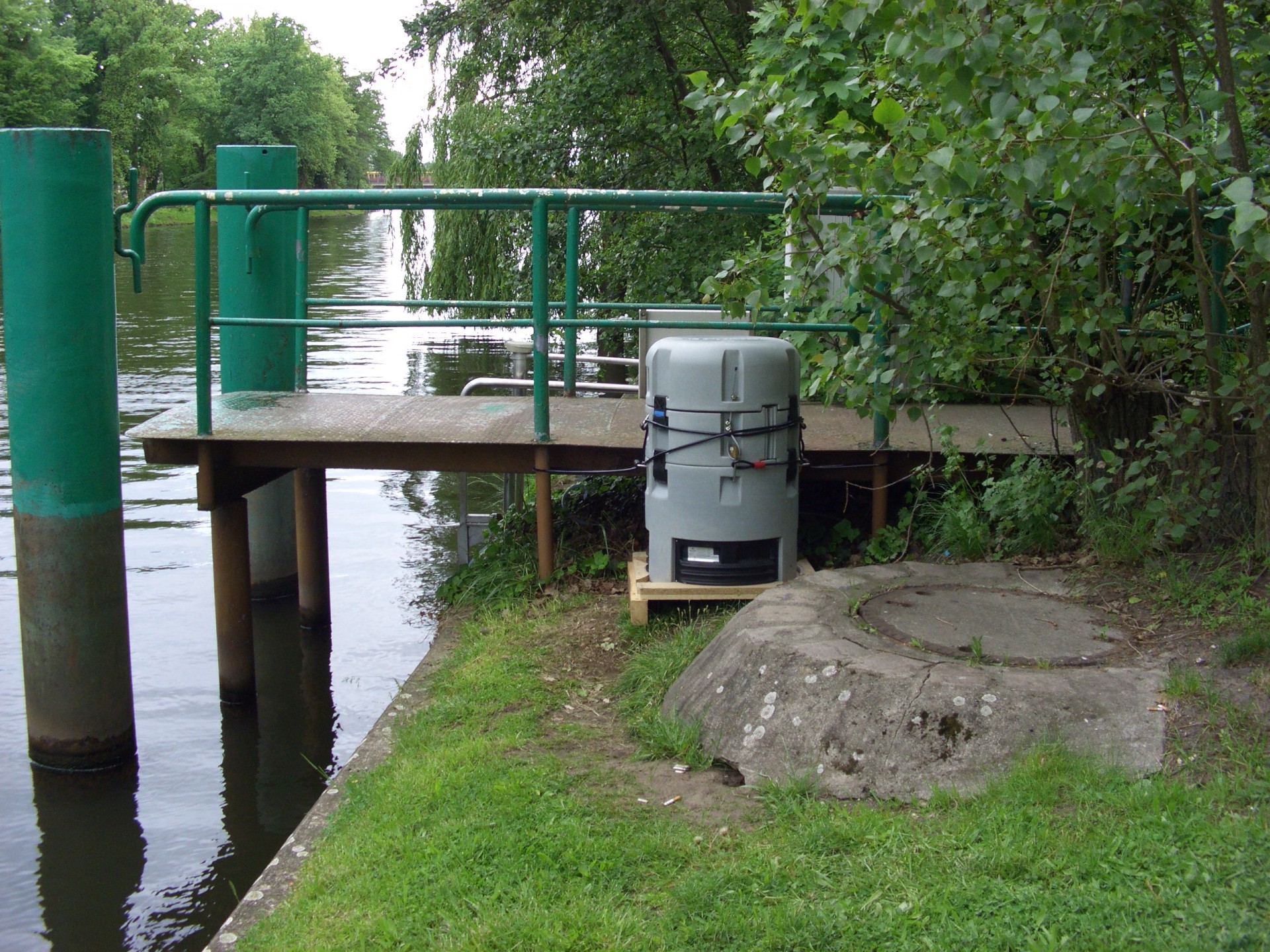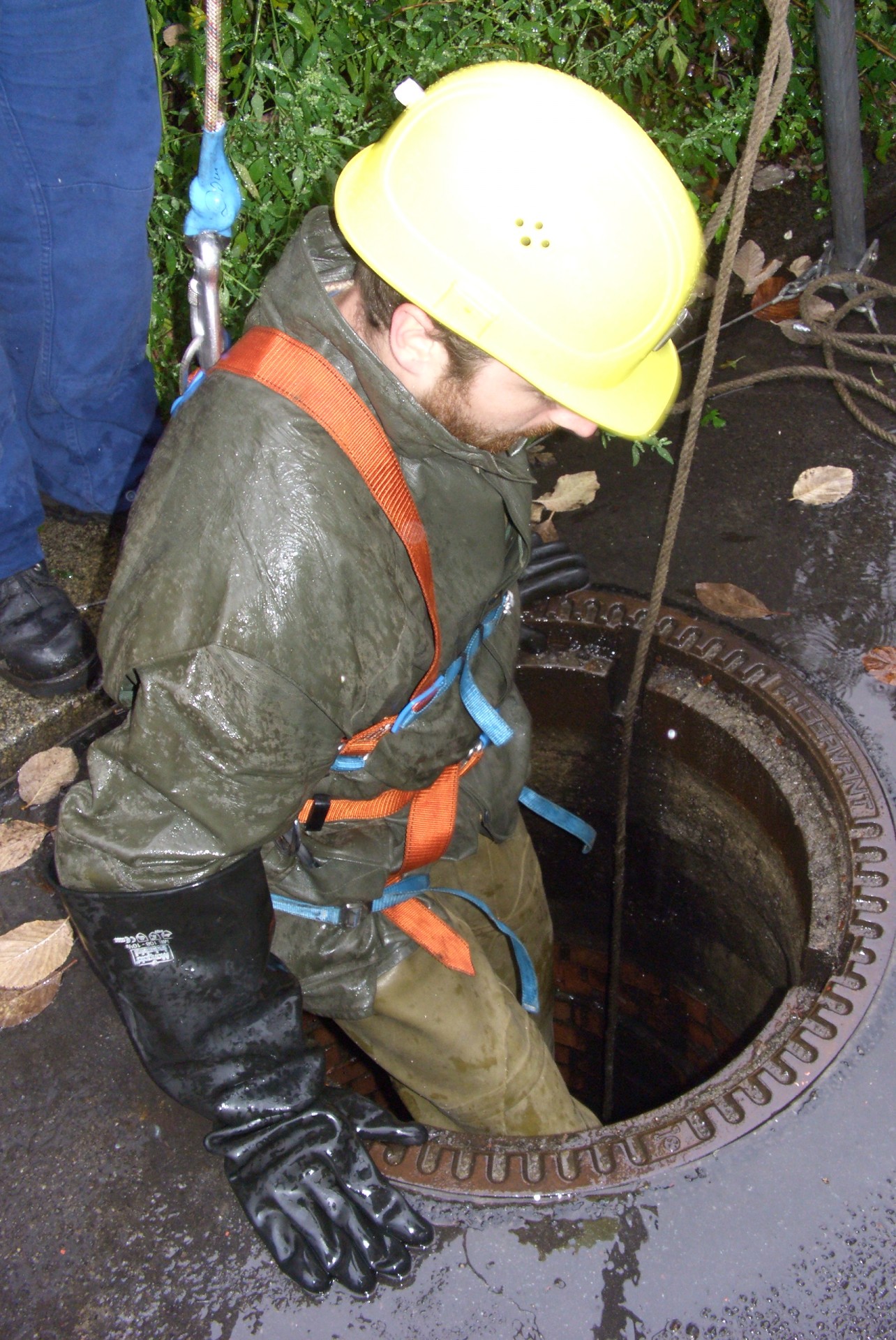Monitoring and Impact Assessment of Combined Sewer Overflows
Among urban discharges the impact from combined sewer overflows (CSO) on surface waters plays a prominent role (long term accumulation of nutrients, suspended solids or toxic substances and especially short term aesthetic, toxic and hygienic impacts). MIA-CSO will provide a better process understanding of the impact of CSO on stagnant lowland rivers. The project is based on the experiences gained during the projects SAM-CSO and MONITOR-1.
The overall objective of MIA-CSO is to develop a model-based planning instrument for impact based CSO control. This tool is based on:
Data from two years integrated monitoring carried out in river Spree and in the Berlin sewer system at one important CSO. Online sensors will be used in order to gain continuous information on flows and water quality. This monitoring will be the basis for process understanding as well as model adaptation, calibration and validation.
Development of a methodology for the assessment of CSO impacts on the receiving water
A module for statistical analysis of simulation results for evaluation of management strategies
Application of the OpenMI for linking the submodels for sewer system and river water quality as well as the module for statistical analysis
The planning instrument for impact based CSO control will be demonstrated within a case study on an inner city stretch of the Berlin river Spree and will then be transferred for conceptual and investment planning of the Berlin combined sewer system.

- Best data handling practices in water-related research.
- Kalibrierung eines Schmutzfrachtmodells mit InfoWorks CS - Sensitivitätsanalyse und Kalibrierung
- Sensitivity Analysis Using SimLab: Application for the German Standard ATV-A 128
- The Berlin Force Main Model - Application of InfoWorks 9.5 CS® for the evaluation of a large force main network and the pollution load to a WWTP
- Technical Conference Report






